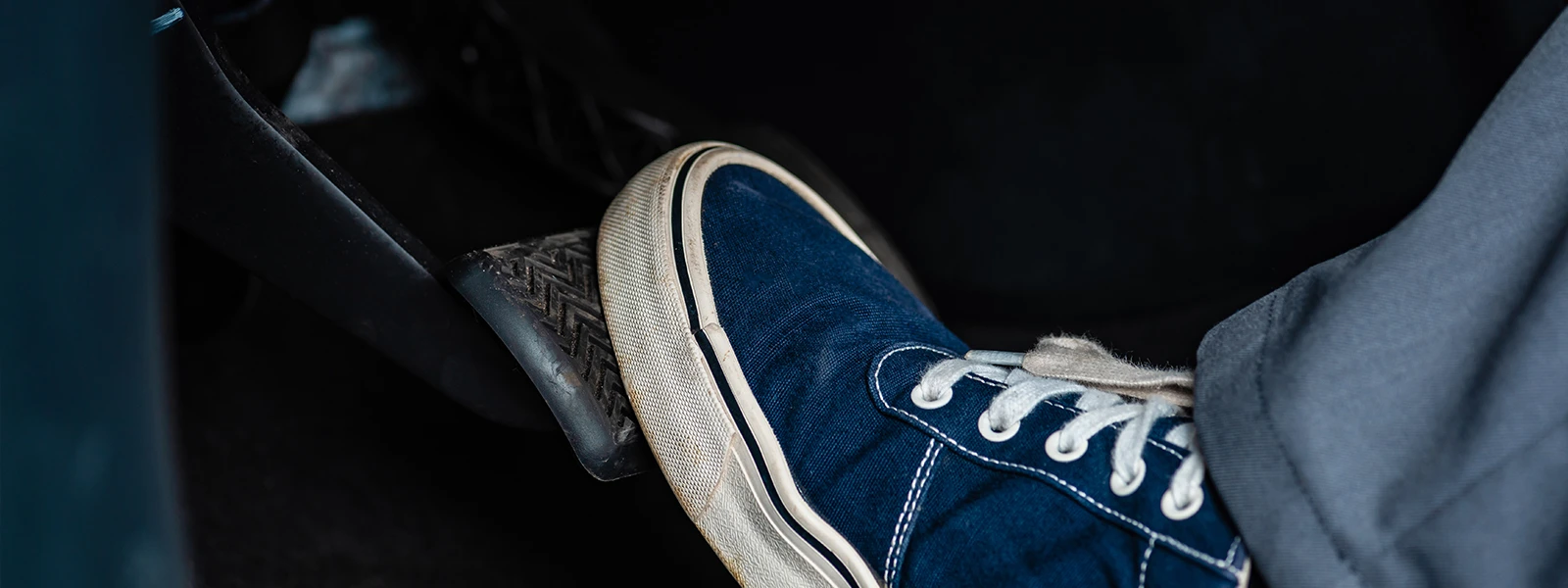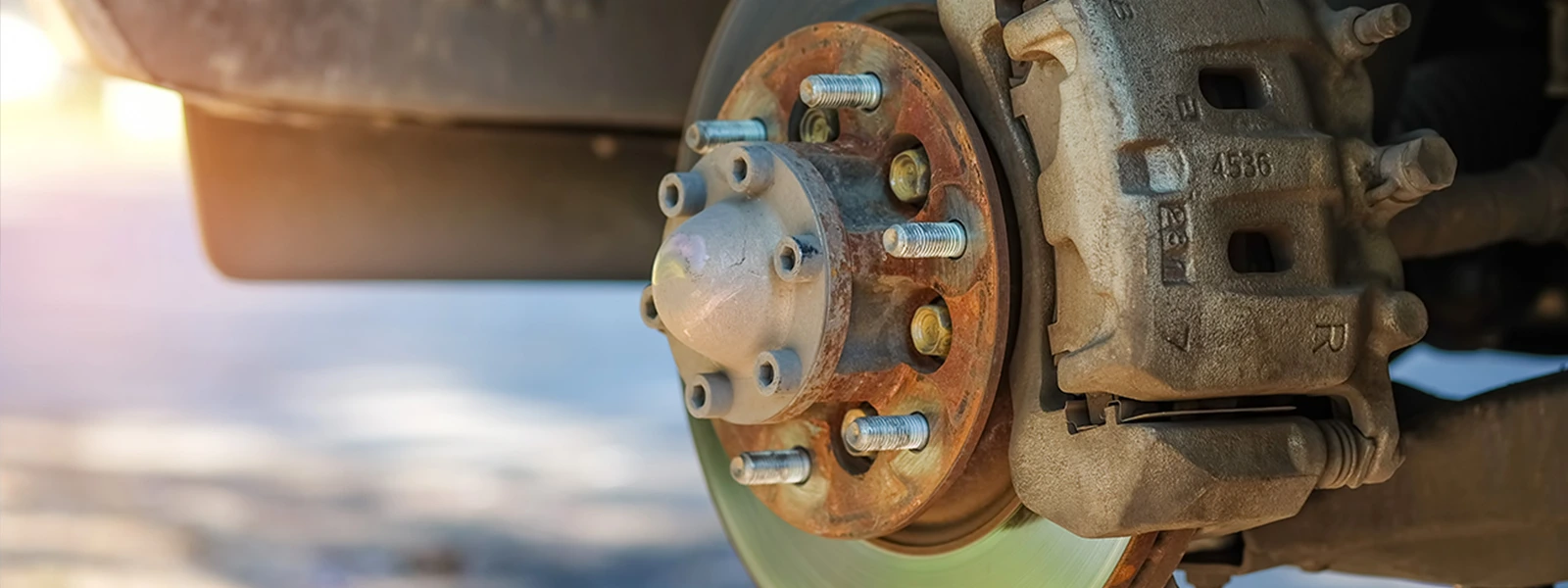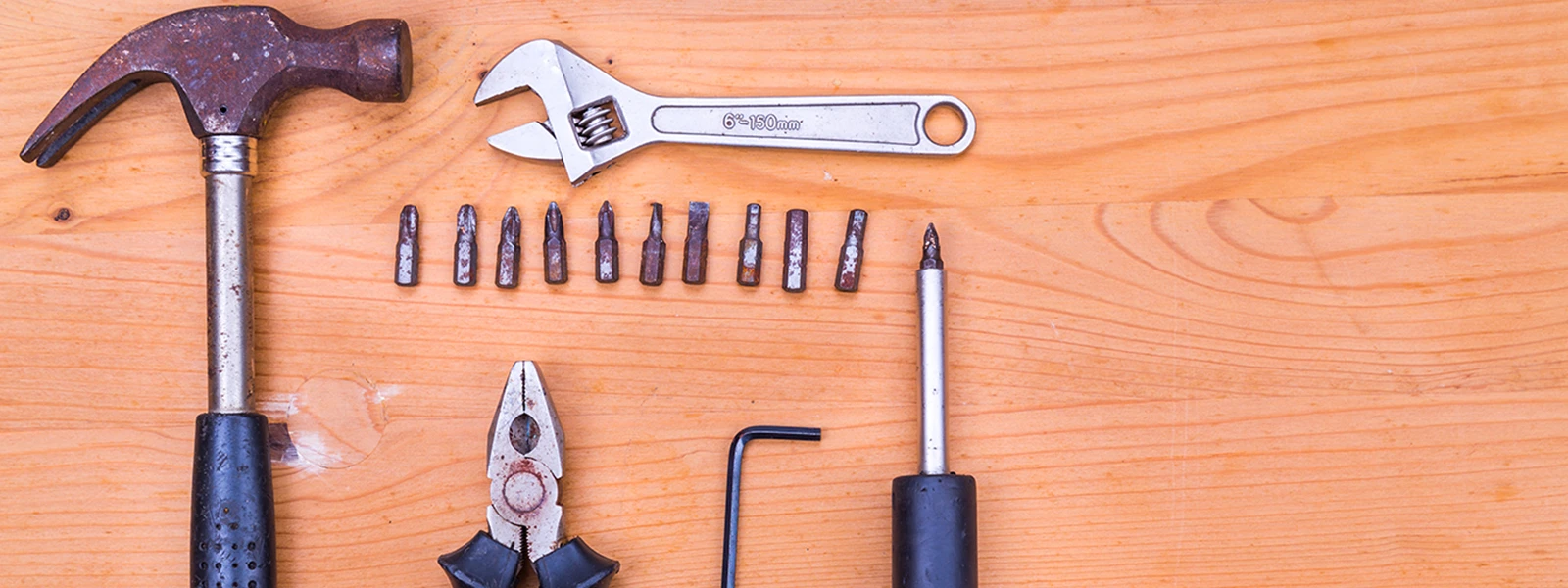A Guide to Brake Caliper System For Automotive

The brake caliper system is a critical component in a vehicle's braking mechanism, but many drivers lack a comprehensive understanding of its function and maintenance. This blog provides readers with the knowledge to solve any problems that may arise.
Owning a car has become vital in these modern times. Gone are the days when vehicles were more of a luxury as their need has increased drastically. Despite the many car numbers you see, very few people understand the systems involved and their running mechanisms. Those identifying with the car can identify various parts and how they function. As for others, they rush the vehicle quickly to the mechanic, who spots the problem and handles the fixing. Cars have a couple of systems; the brake caliper system is crucial.
The brake caliper system is vital in stopping or slowing down a vehicle. All the brake caliper parts, such as the piston, slide pins and clips, brake pads, clipper brackets and frame, seals, and hose inlet threads, work together to ensure the braking system is efficient.
What to know about brake caliper systems for automotive
A brake caliper system exists in two forms. The first design, known as fixed, is mounted directly to the car's steering knuckle and doesn't move even when movement is initiated. The second design is the floating brake calipers. For them to function, you must attach them to an adapter plate which is then connected using bolts to the steering knuckle. This article is a guide to brake caliper systems for automotive. As for more, please refer to Do you really know your brake caliper
How does the brake caliper system function
The brake system is quite complex, but we can dissect it by figuring out the disc section. Calipers are the primary car-stopping components, as earlier mentioned. From the outside, you press the brake pedal and steer the wheel in your preferred direction. However, a lot happens inside the caliper disc to help achieve that. It houses the brake pads, which press the rotor while under pressure.
You initiate the flow of hydraulic fluid through the brake lines once you step on the pedal. The brake liquid goes into the calipers in every wheel, causing pressure to build up inside them. The pressure forces the calipers to press against the brake pads, squeezing onto the wheel's rotor. This effect creates friction between the pads and rotor, causing the car wheels to slow down or stop altogether.
The process repeats itself every time the vehicle needs to brake, so it's a continuous thing. Note that brake calipers work hard and are pretty powerful. The system can hold for years as the calipers deteriorate slowly and are less problematic.
Advantages of the brake caliper system
Generally, the most significant benefit of the brake calipers is stopping the car. Also, they prevent dust, dirt, and grime from forming around the brake pads and keep them safe. But we dive deeper into the individual merits of each kind of caliper.
Fixed caliper
Based on the name, it doesn't move and stays in one position. Its advantages are;
- It has a greater braking torque than the floating disc brake caliper. It means these calipers exert more pressure on the brake pads than the floating kind.
- It has a constant braking torque since none is lost due to the absence of movement.
- It is more durable than the floating caliper due to its stiffness.
- It's mostly made of aluminum which helps in heat dissipation, unlike steel calipers
- The aluminum material prevents it from sticking, affecting its efficiency, and it is also resistant to corrosion and rust.
Floating caliper
- It's heavier than the fixed caliper, so its braking speed is higher. This caliper is made of steel or cast iron which are heavier than aluminum.
- Its sliding nature helps it dissipate more heat than the fixed type; therefore, the chances of having a brake fade are less.
- It consists of fewer parts, so there's minimal maintenance needed, and the damage is less.
- It is less expensive to produce
- It is readily available and, thus the most used caliper.

When does the brake caliper system need replacement
These discs can last you for a long time. But, some instances call for a replacement for the car to keep functioning correctly. As the vehicle owner, these are the signs to look out for that show that the system has a problem.
- Car pulling to the side - A stuck or disengaged caliper is the leading cause. The car drags to the right or left since the calipers lack uniform braking powers.
- Soft or spongy brakes - The bolts or slide pins within the calipers can become seized, preventing the free movement of the calipers. The lack of action means the brakes fail to push against the rotor, so they feel soft.
- Squicky brake sounds - The sound of your engine should be the most prominent when driving. Any sound that overpowers the engine, e.g., a grinding sound, means the system has a problem. Excessive friction or a broken caliper are some of the root causes of abnormal brake sounds.
- A foul smell - overheating the calipers or the related system produces a foul odor that you need to check immediately.
- Other signs are frozen pistons, leaking brake fluid, and rust, dirt, or dust build-up.
For more detailed info, please refer to how to know if you need a new brake caliper

Suitable tools for use when replacing the brake caliper system
Swapping brake calipers for new ones is manageable with the proper tools. They make the work easier and quicker. Mechanics have varying tools to cater to different car models. However, some are standard and can never be lacked during the replacement process. They include;
- Jack and Jack stand
- Ratcheting socket
- Lug wrench
- Line clamp
- Line wrench
- Hammer
- Brake pad spreaders
- Screwdrivers and pliers
- Vacuum pump
- Siphoning line
You can add any other for the process if it satisfies your needs.
How to replace the brake caliper system
This process entails two primary steps—removing the existing calipers and installing new ones. Sometimes, only the calipers are changed, while in other instances, even their constituents like brake pads and pistons are changed. Having a professional do it is easier, but you save more money by doing it yourself. Here are steps to guide you through the procedure.
Step 1: Removal
Raise the side of the car you are interested in using a jack stand. Keep the wheel high enough for you to work comfortably underneath it. You can use a rock for extra support and prevent the car from sudden movements. Loosen the bolts, remove the wheel, and set it aside.
Proceed to remove the bolts connecting the caliper to the rotor using a ratchet. Once they are out, detach the calipers from the brake pads. The process isn't yet over since the pads are connected to the caliper bracket, and the caliper joins the brake fluid hose. Pull the brake pads on each side of the rotor away from the bracket but leave the hose intact to avoid leakage. The next step is removing the caliper bracket using a ratchet to loosen the bolts. The bracket isn't applicable anymore since new calipers come with brackets.
Step 2: Installation
This step is delicate as it determines the functionality of your car. Go for brake calipers that match your vehicle in terms of year of manufacture and model. Also, choose calipers with individual brackets so everything matches for uniformity. To fix a new caliper, you must completely remove the old one, detaching it from the brake fluid hose.
Begin by removing the bolt that's on top of the caliper. Grip it using a ratchet and rotate it in an anti-clockwise direction to make it lose. Put the caliper away and be careful not to initiate any leakage. At this point, the new brake disc caliper should be on standby. Take it immediately and take the hose through the intake port. Clean the brake fluid hose to remove dirt or in case of leakage, which may cause corrosion. Secure the hose to the caliper using a bolt, then tighten it with a ratchet tool.
Fix the caliper's bracket to the rotor ensuring all holes align. Fix all the bolts by hand, then tighten them when everything is in place. Applying an anti-seizing fluid is recommended before securing the bolts. It helps the bolts come off faster during subsequent use. Once the bracket is in place, fix the brake pads.
You can reuse the old brake pads if they are in perfect condition. If not, get new ones for the job. Check the brake pads and note which side is padded and which is flat. The padded side should be next to the rotor to protect it from harm. Slide the pads from the bracket slots' top and bottom sides, ensuring they face correctly. Secure them tightly they attach the new caliper. Position the caliper between the brake pads so that the rotor's backside and piston face each other. Put bolts and tighten, ensuring no movement is evident.
The final step is bleeding the brake caliper system by pushing the hydraulic fluid to clear any trapped air bubbles. Removing them helps maintain the hydraulic pressure, which can affect braking if low.
Final words
The brake caliper system is very crucial. Its general function is to slow down or stop the car when necessary. The calipers have several benefits attractive to users depending on their vehicles. These components are long-lasting, but some troubling signs may lead to their replacement. You need to buy the parts of a brake caliper and seek a professional for installation or do it yourself to save on costs. Regular maintenance is necessary to have everything in check and have a sound functioning system.






